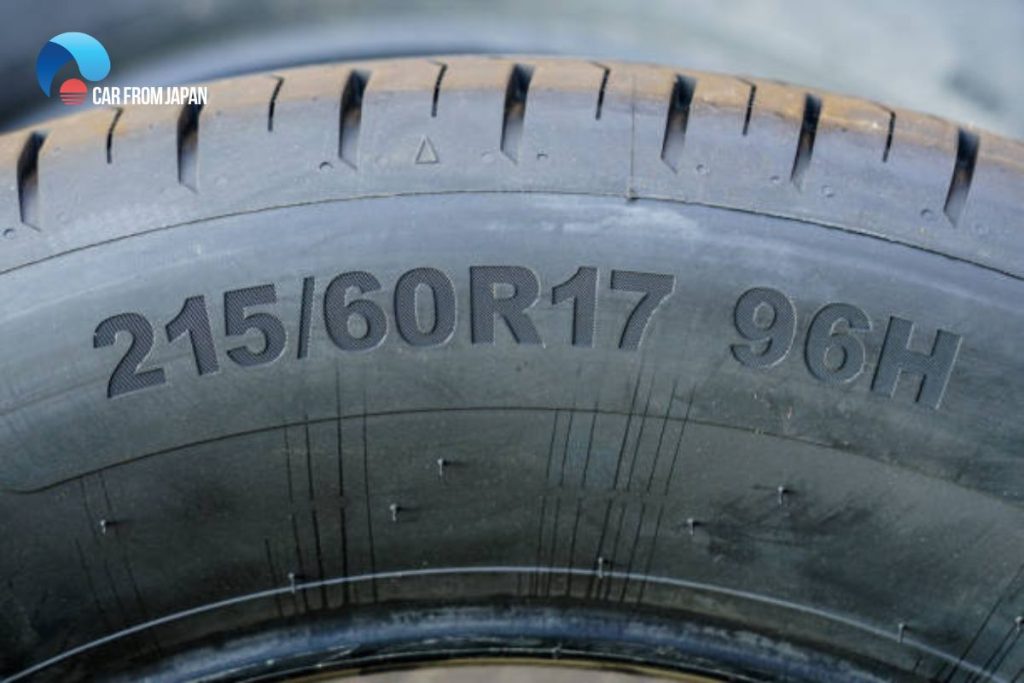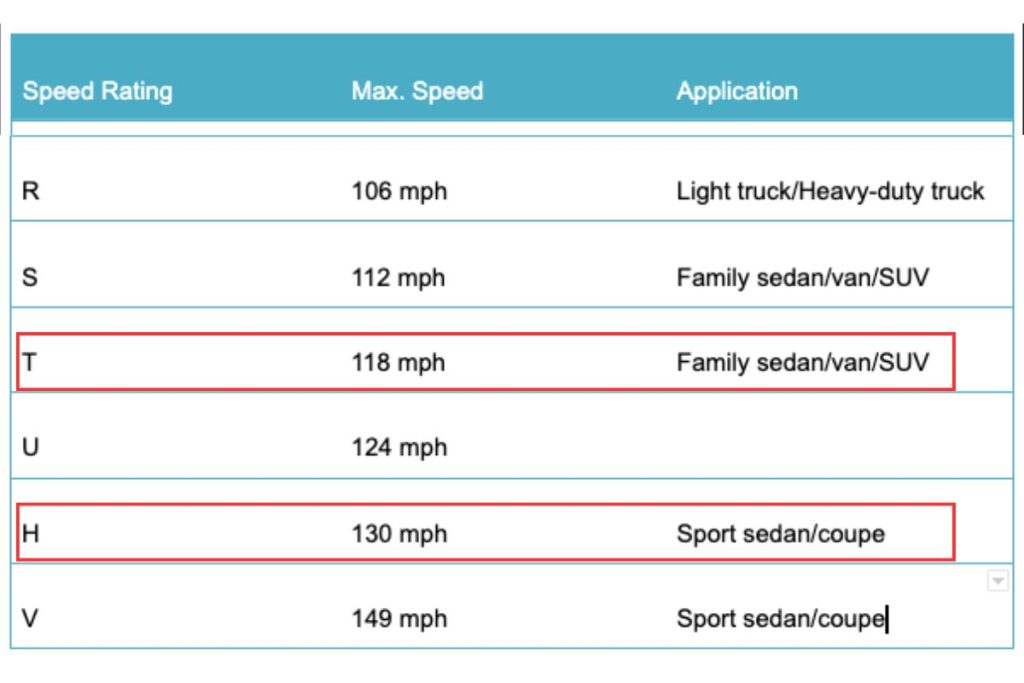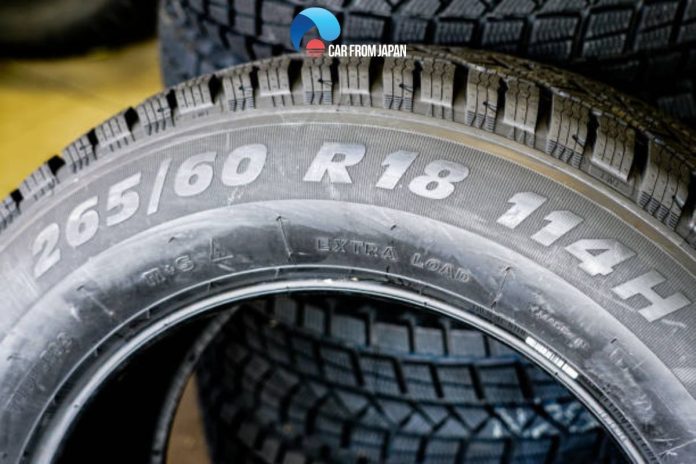It would be quite challenging for drivers to understand all the markings on a tire sidewall. But these letters and symbols are very important when you buy a new tire or different tires. If you are a novice, these symbols can look like an algebraic equation or a coding line in need of a solution.
Understanding this, we will provide you with some useful knowledge by decoding a popular question: T vs H speed rating, what do they mean? and the difference between the two letters to eliminate your confusion about these symbols.
Contents
What Does The T vs H Mean On Tires?
T and H represent tire speed rating – the parameter indicating the maximum allowed speed of the tire. Knowing this indicator will help drivers choose the right type of tire for the terrain, as well as adjust the driving speed appropriately to ensure safety when driving in traffic. Therefore, distinguishing these indicators is one of the important pieces of knowledge that car owners need to equip themselves with.
What does T mean on tires?
If you are used to looking at the tire speed rating chart, you will see that the letter T corresponds to 190 km/h (118 mph). It means that the maximum speed you can drive is 180 mph, and you should not exceed this speed limit.
You usually see this letter on the tires of vehicles like minivans or family sedans. These tires are suitable for small vehicles; they are quite sturdy and can work on a number of different terrains, but they will be better for driving on the highway.
What does the H mean on tires?
The H speed rating indicates your tire can endure speeds up to 210 km/h (130 mph) under optimal conditions. H speed rating at the lowest or the start of the performance tire speed rating. You can commonly see it on coupes and sports sedans. H speed rating can be a good choice for drivers who always drive at a high speed or need to boost car performance. It is the maximum speed you can drive at. If you are going over this speed, you will risk damaging the tire.

T vs H Speed Rating: What Are The Differences
Based on the above definitions, we can see that the T and H symbols on the tires represent the maximum speed they support, recommended tire pressure, certain load capacity, and ideal road conditions. Speed rating H can withstand speeds of 130 mph, while T tires can withstand speeds of 118 mph. It could be the first difference you can easily notice when talking about these tires.
The higher the speed rating, the softer the compound, and the more grip the tire has to offer. Added grip means the tire will stop faster, it’ll turn more precisely, and have better acceleration.
So, the H speed rating will have better control, handling, and braking compared to the T rating. Not only that, but H-rating tires also withstand a higher level of friction as well as heat resistance than T-rated tires.
The final difference between these two types of speed rating is the purpose of use. T-rated tires are suitable for low-speed vehicles (trucks). In contrast, an H-rated tire, because of its better cornering and braking ability, makes it generally suitable for vehicles such as sedans, crossovers, or SUVs.
How To Choose The Right Tire Based On The Speed Rating?

Drivers need to know how to choose the right type of tire for the terrain to avoid misuse and unsafe driving. Experts recommend that the vehicle speed be 10-15% lower than the tire speed rating. This is a way to avoid tire wear and potential damage.
In case you need to replace a tire, the speed rating must be the same or higher than the tire installed by the manufacturer. However, the automaker does not recommend that users use tires with a lower speed index because this can seriously reduce the vehicle’s ability to keep safe.
Besides, the tire speed rating is directly proportional to the vehicle’s traction and braking force, but this can reduce tire life and performance when operating in low-temperature conditions. That’s why V, Z, W, and Y high-speed-rated tires are generally suitable for high-performance vehicles in warmer climates.
In addition, drivers can increase the tire speed rating to improve performance. But car owners absolutely must not reduce this index without reducing the maximum speed of the vehicle to a lower level.
The tire speed index indicates the maximum speed at which the tire can maintain operation under the load pressure specified by the manufacturer. Knowing how to read the speed indicator not only helps drivers choose the right tires but also be more effective in controlling the speed on each terrain to ensure safety on each road.
FAQs
How do I know which speed rating my car needs?
Easy. Look for the sticker on the inside of your driver’s side door jamb. It lists your car’s original tire size and speed rating. You can also find this information in your owner’s manual. That’s the rating the car was designed and tested with.
Is it OK to “upgrade” to H-rated tires if my car came with T-rated ones?
Yes, absolutely. This is a common and safe upgrade. H-rated tires are built to handle more heat and stress, which often means they’ll give you slightly sharper steering response and better grip, even at normal speeds. You can always go up in speed rating, but you should never go down.
So, can I put T-rated tires on a car that came with H-rated tires?
No, you should never do that. Your car’s suspension, braking, and stability control were all designed with the performance of an H-rated tire in mind. “Downgrading” to a T-rated tire can make the car feel mushy, reduce its emergency handling capability, and be a major safety risk.
Final Thoughts
Think of the speed rating as a safety feature, not just a number. An H-rated tire is built to be more stable and handle stress better than a T-rated tire. For the best performance and your own safety, stick with what your car’s manufacturer recommends or feel free to upgrade. Just don’t downgrade—it’s a risk that’s never worth taking



